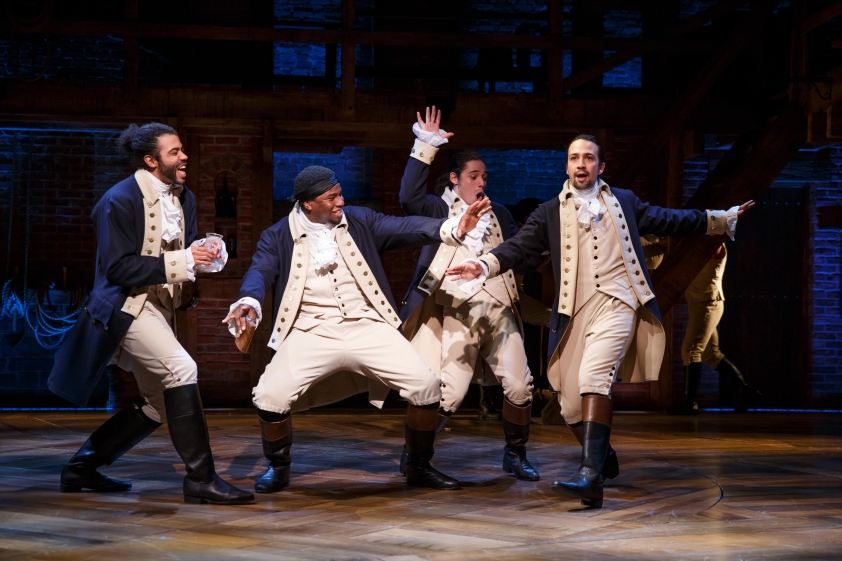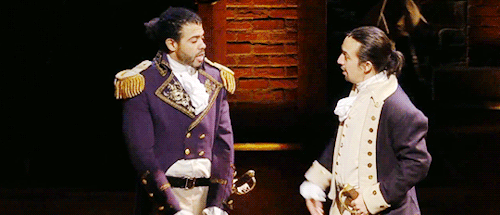
Although I kind of dismissed seeing profound meaning in abstract art in a previous blog post, I do think it’s more interesting to come up with stories for something without any limitations. The title of this piece reminds me of a Portugal. The Man song that I listened to probably every day a few summers ago titled “Purple Yellow Red and Blue“, so they’re almost identical. To get in the creative spirit, I spent a few minutes just staring at this painting with the song in the background, and came up with this.
The painting has a clear distinction between the left and right sides. On the left, the composition is sharp, clean-cut, rectangular and bright; on the right, dark colors, soft shapes, skewed perspectives and uneven lines are used. If I learned anything in Graphic Design class, it’s that yellow is an abrasive color, and sharp lines are unsettling to viewers. Blue and softer shapes work in just the opposite way: they convey feelings of comfort and make a viewer feel more at-ease. In this painting, I see a strained relationship between a parent and a child, likely a teenager. The alarmingly yellow figure complete with sharp lines shooting from its body is a parent that is throwing a door open to his or her child’s room, perhaps to yell at them to do some chores, help out, or get their grades up. The child’s side of the room is cluttered with games (I see two Rubix cubes and a chess board), and the imperfect, warped shapes display the creativity of a child. The separation between this parent and child through the types of shapes used creates a feeling of blandness (strikingly boring if that makes sense), surrounding the adult and creativity and excitement surrounding the developing child. The typical perfect lines, rectangles and circles on the adult side reflect the life of a cubicle office worker who wears a white shirt and grey slacks, whereas the child still is figuring out how to be his own person, and isn’t afraid to challenge the norm.
The best thing about abstract art, in my opinion, is that this is just one of the thousands of stories that can be told just by a few shapes and colors. Unfortunately, when I see something in abstract art (as with the white and gold/black and blue dress) I have a very hard time trying to unsee it, or to see something new. I’d like to know what else people can see in this painting, because I’m sure it’ll be such a different story than what I see.




